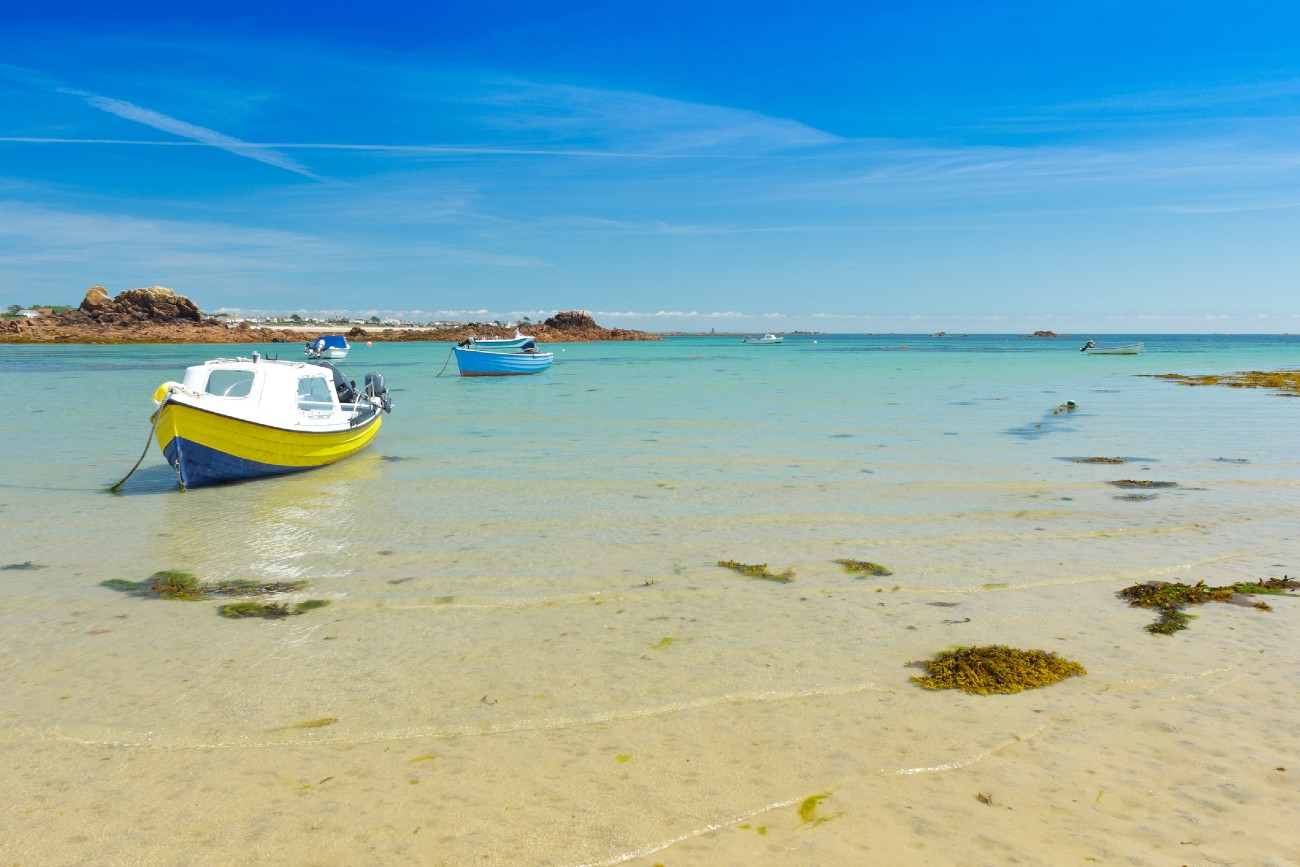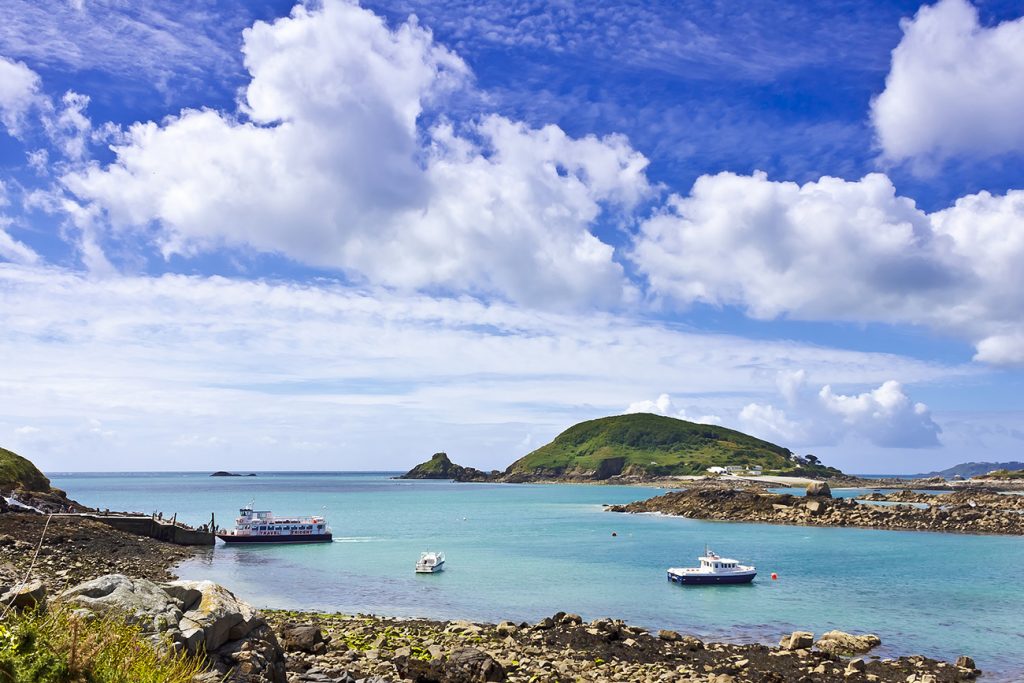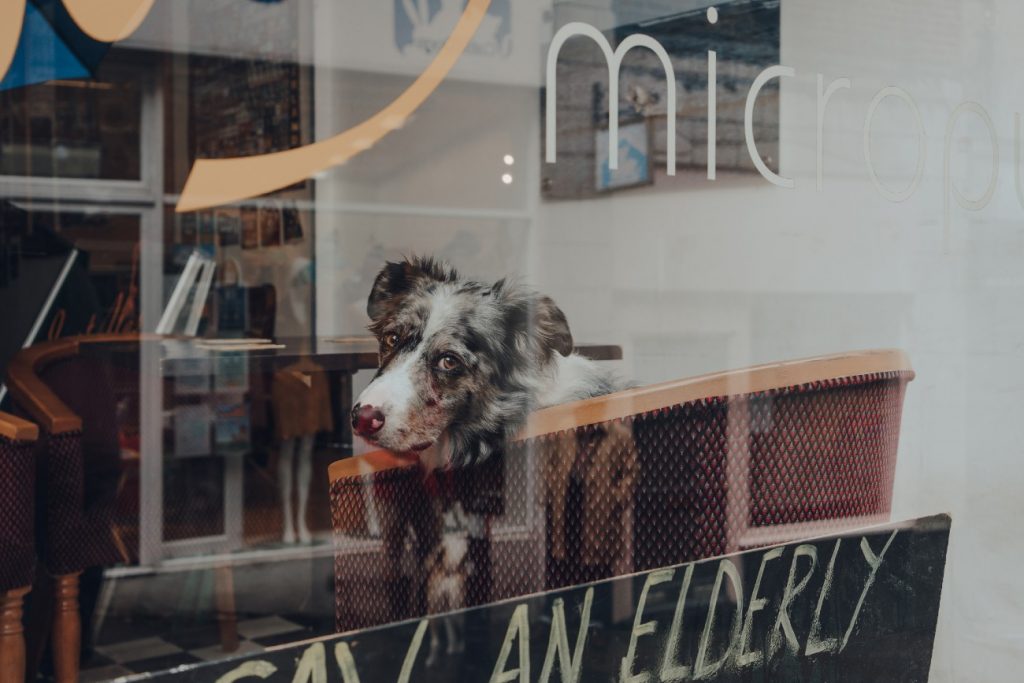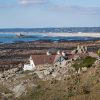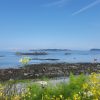Channel Islands
The Channel Islands form an archipelago off the coast of Normandy, France, although the majority of its population is Channel Island – British. These islands have a unique beauty, with archaeological and historical sites that tell of the origins of the islands in the Neolithic era, and sites where you can enjoy gastronomy and wine and observe typical island fauna.
The islands were the only territory occupied by the Nazi troops during World War II, whose history you will be able to see in the islands. You will find beaches, valleys, rural roads, a spectacular coastline and the warmest temperatures in the whole British territory.
Get into the rhythm of life of the islands at a gentle pace, admire their castles, walk next to little houses covered with wisteria and as a reward taste the lobsters, crabs, scallops and oysters of the country.
Jersey is the largest of the islands, and its Victorian markets and the elegant stores of the capital, St. Helier, combine with beaches, cliffs and fields ideal for walking.
In Guernsey you can explore St. Peter Port, with its cobbled streets and colourful yachts floating in the harbour. Adrenaline lovers can enjoy a variety of outdoor activities, from coasteering to windsurfing. For a more tranquil diversion, try exploring its 5000 years of historical heritage, from castles to Neolithic burial chambers.
The other two islands are Alderney and Herm, smaller than the other two. Enjoy the pleasant climate of the islands while sailing from one to another to discover their history and their splendid coastal landscapes.
Climate
The Channel Islands have 4 distinct seasons, but keep in mind that you are in England, so you can get cold, hot, rain and sunshine all in the same day. These islands can be visited all year round as they do not have extreme climates of much heat or much cold, but their temperature remains constant throughout the year, with temperatures between 15º and 9º.
How to get to Channel Islands
You can reach the islands in different ways:
Plane to Jersey
You can fly to Jersey with Loganair, Easyjet, Blue Islands or Aer Lingus airlines. You can fly from Birmingham, Belfast, Bournemouth, Bristol or Dublin, Edinburgh.
Boat to Jersey
You can travel to Jersey by boat from the ports of Poole (Dorset), Portsmouth, or take a ferry from the Guernsey Isle at St Peter Port.
Plane to Guernsey
Travelling to Guernsey by air couldn’t be easier. A number of airlines operate flights to Guernsey from regional and international airports across the UK including London Gatwick, Manchester, East Midlands, Birmingham, Bristol, Southampton and more!
Boat to Guernsey
You can travel to Guernsey by boat with the Manche Ile Express which travels to all the islands in the channel daily and with very extensive schedules.
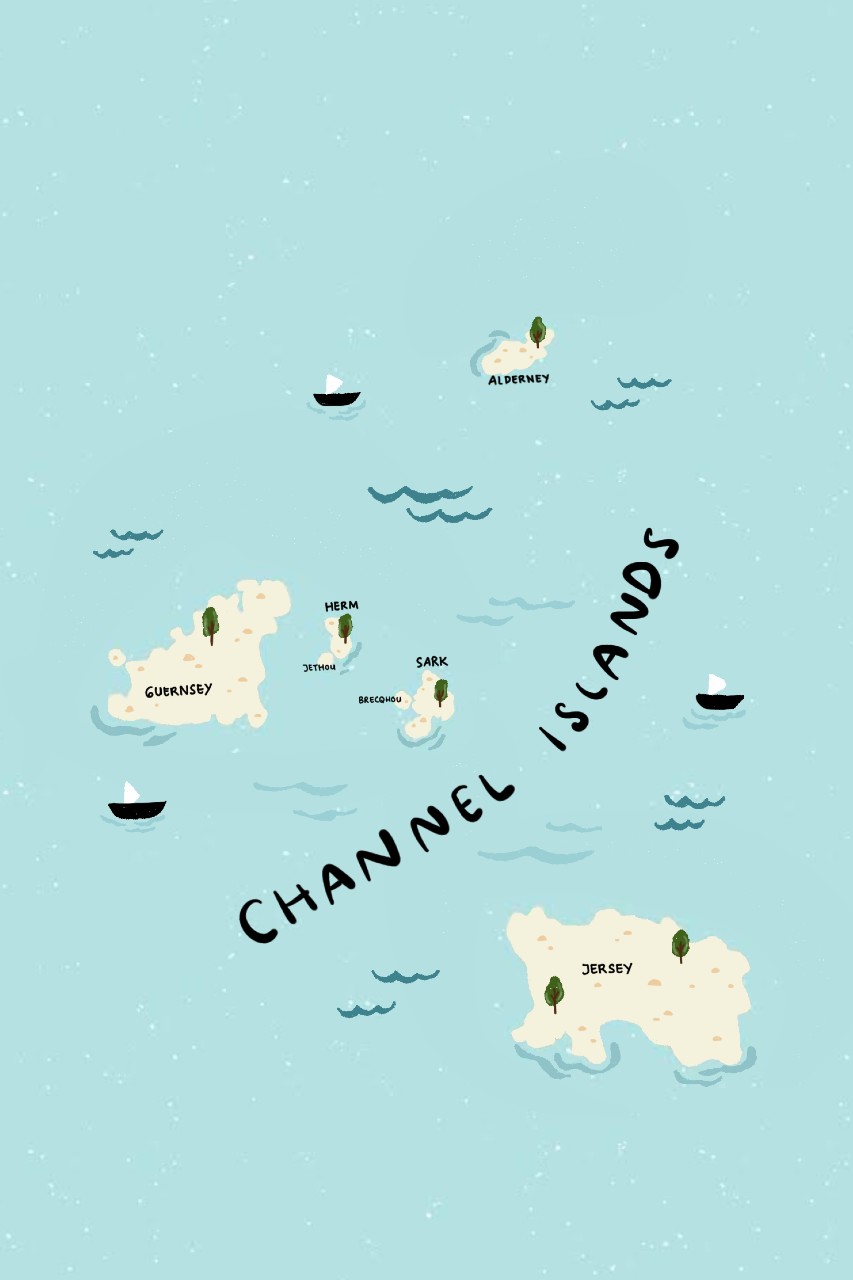
Jersey
Jersey is the largest island in the entire English Channel, so you can’t get bored here. It is a popular vacation destination thanks to its mild climate, its long beaches of crystal-clear water and golden sand and its curious “franglais” culture.
It also stands out for its rocky landscapes and historical remains of what once existed there, such as Napoleonic castles and fortresses or from the Second World War to the first Neolithic constructions. It has approximately 47 square miles and is located 87 miles from the south of England, so it is closer to France than the United Kingdom, only 14 miles.
For a small island, the truth is that Jersey has a lot of things to do for all tastes and types of travelers.
What not to miss in Jersey
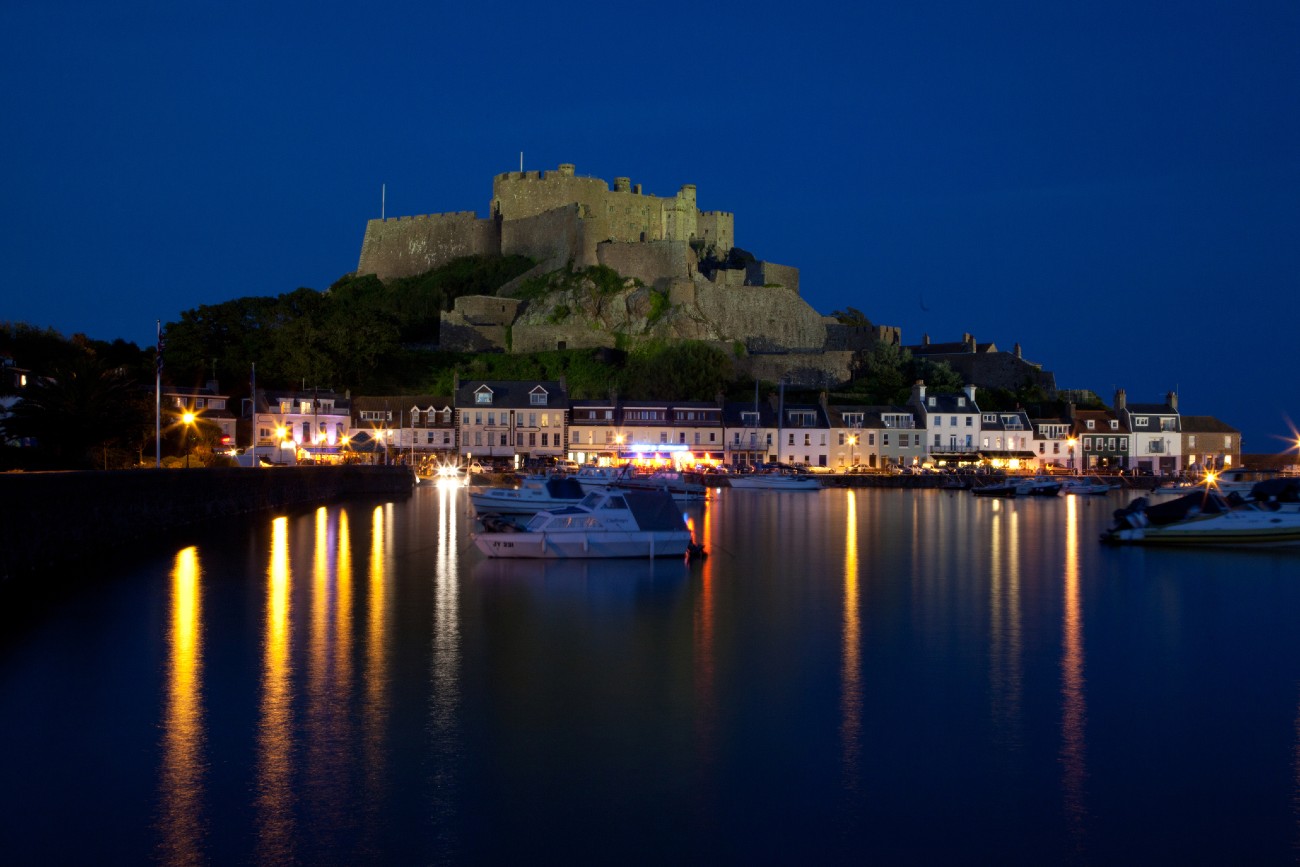
Mont Orgueil Castle, Gorey Jersey
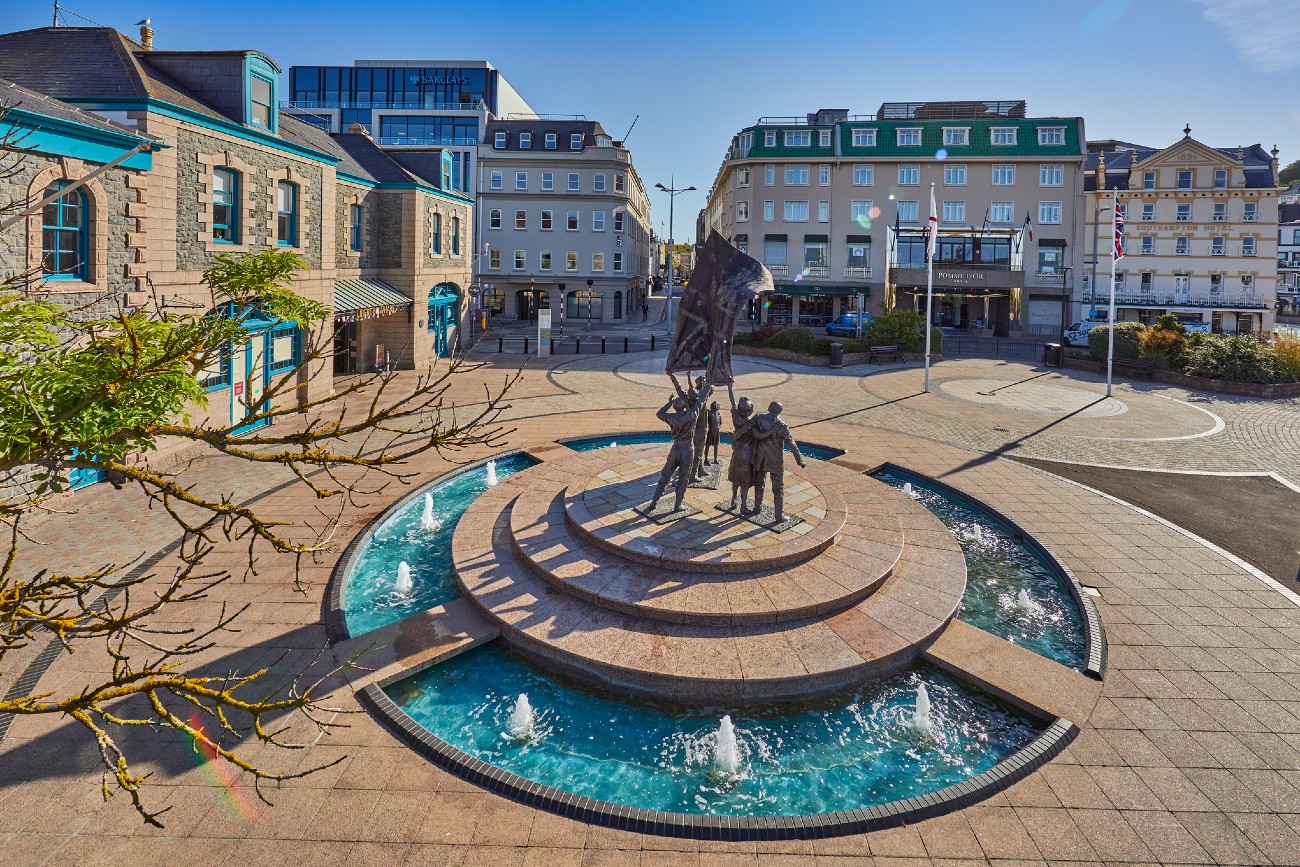
Liberation Square at St Helier, Jersey
Guernsey
Historically, Guernsey City refers to a Channel Island as part of the Channel Islands archipelago. Its history dates back to 6000 BC, and as such the area is literally covered with fascinating historical sites.
Such is the case with the Bay of Guernsey which includes the Island of Guernsey as well as other nearby islands. Today, travellers can see many of the early religious structures established by Neolithic farmers in the region. It is generally thought that although Guernsey is an island today, it was once a peninsula joined to the mainland.
The story goes that in the 19th century, the island grew both in prosperity and popularity as many of Britain’s businessmen moved to the area. During the Second World War, Guernsey was occupied by German troops, and the island is the site of the unique concentration camp to be built on British soil. Today, tourists can see a monument on this site.
This island is an impressive mixture of landscapes, so Guernsey is the perfect destination for trekking on the trails and cliffs, and walks inland, or simply to spend days relaxing on the beautiful beaches of the island.
In short, Guernsey is ideal for a getaway. Whether you go for a few days or weeks, the island presents you with such a peaceful land that you will find it hard to leave. This territory will hook you with its good atmosphere and its healthy way of life. As its inhabitants say, it is impossible not to allow you an improvised departure to this land. What are you waiting for?
What not to miss in Guernsey
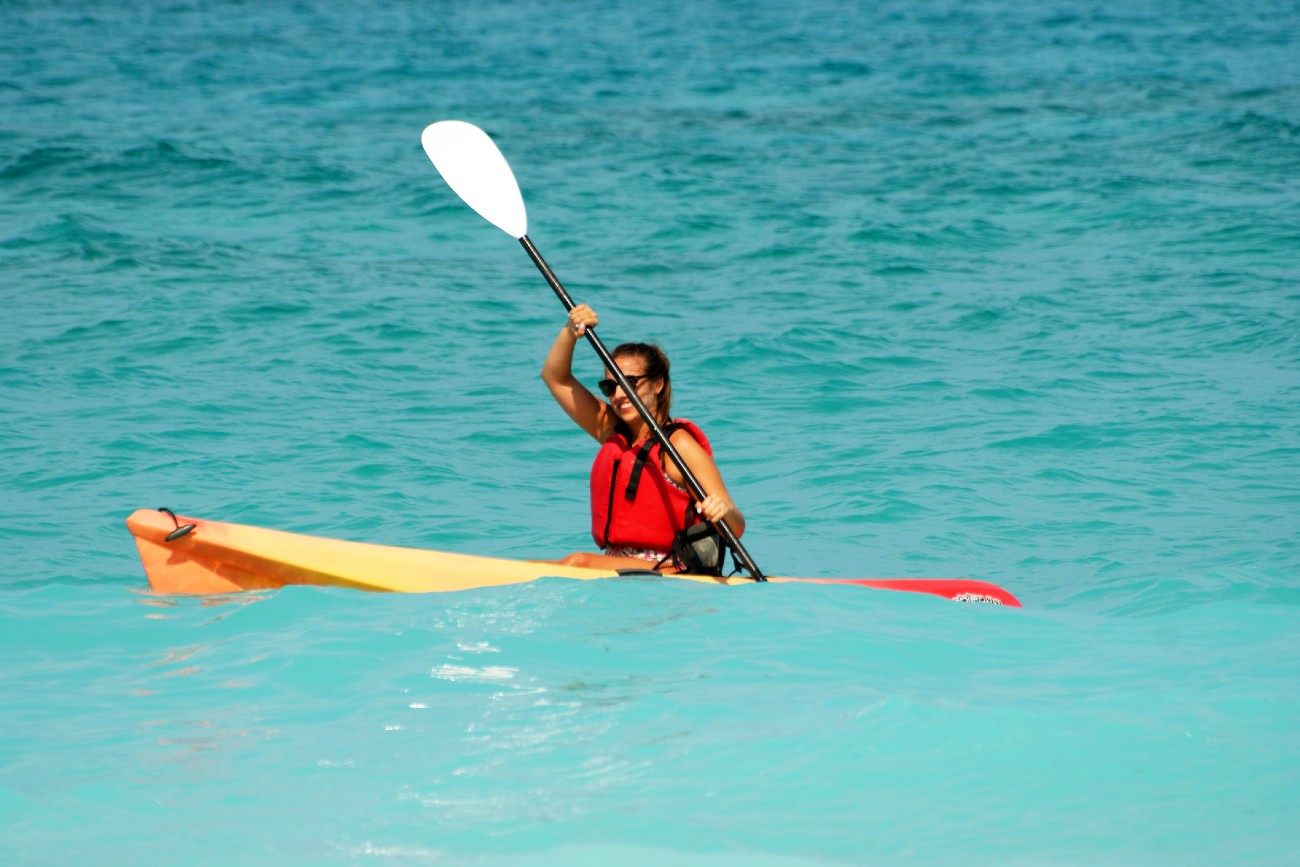
Kayaking at Guernsey
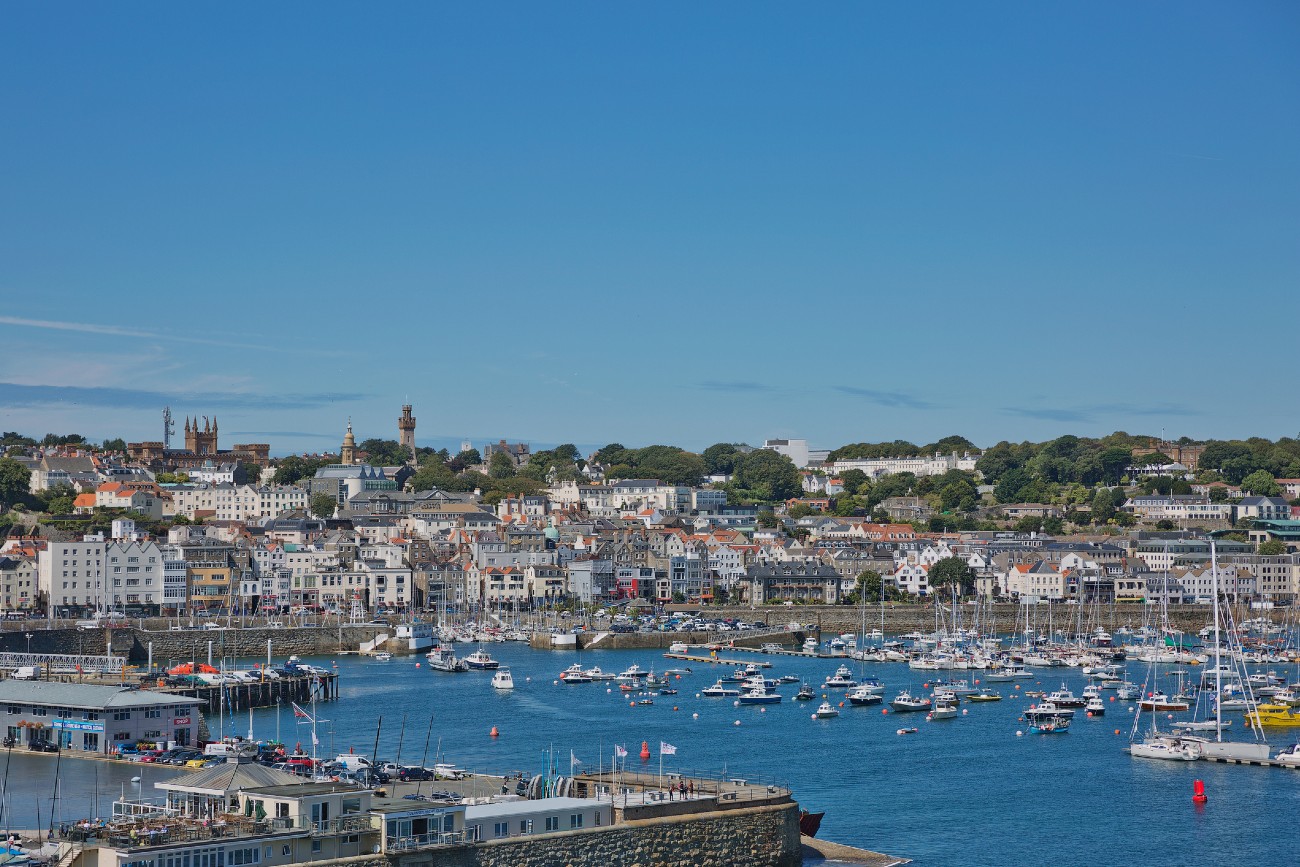
St Peter Port, Guernsey
Alderney
Alderney Island is the third largest and the northernmost island of the Channel Islands and is currently dependent on the British Crown. It is part of the Bailiwick of Guernsey.
Imagine a small island just one and a half miles wide and three and a half miles long with just over two thousand friendly and welcoming inhabitants.
Like Guernsey and Jersey, the island also enjoys a mild climate and the independence of having its own government. There is also an emerging offshore finance and e-commerce sector.
Despite its proximity to mainland France (8 miles), Guernsey (23 miles), Jersey (30 miles) and the Isle of Wight (60 miles) Alderney has also managed to avoid mass tourism. Remote but well connected with direct scheduled air links from the UK, Alderney has its own airport and port.
Alderney is an oasis with an ancient and varied history, an abundance of flora and fauna, beautiful beaches, plus an enviable lifestyle that is known as “the Alderney feeling”.
Geographically Alderney is similar to the other islands in the channel in that it has steep hills contoured by sandy beaches and dunes. It has a temperate climate, moderated by the sea, and summers usually warmer than in the rest of the British Isles. The Alderney Railway is the only railway in the Channel Islands.
The island is surrounded by islets, which have caused hundreds of shipwrecks. There are two very treacherous currents on both sides of the island: “he Swinge” between Alderney and Burhou, just outside the bay, and “Raz de Sein” between the island and the Normandy coast.
Golf, as well as fishing and other water sports, are popular sports on the island, which has a good number of clubs and associations related to these and other leisure activities. Due in part to the large number of tourists, Alderney has a surprising number of restaurants and public places.
What not to miss in Alderney
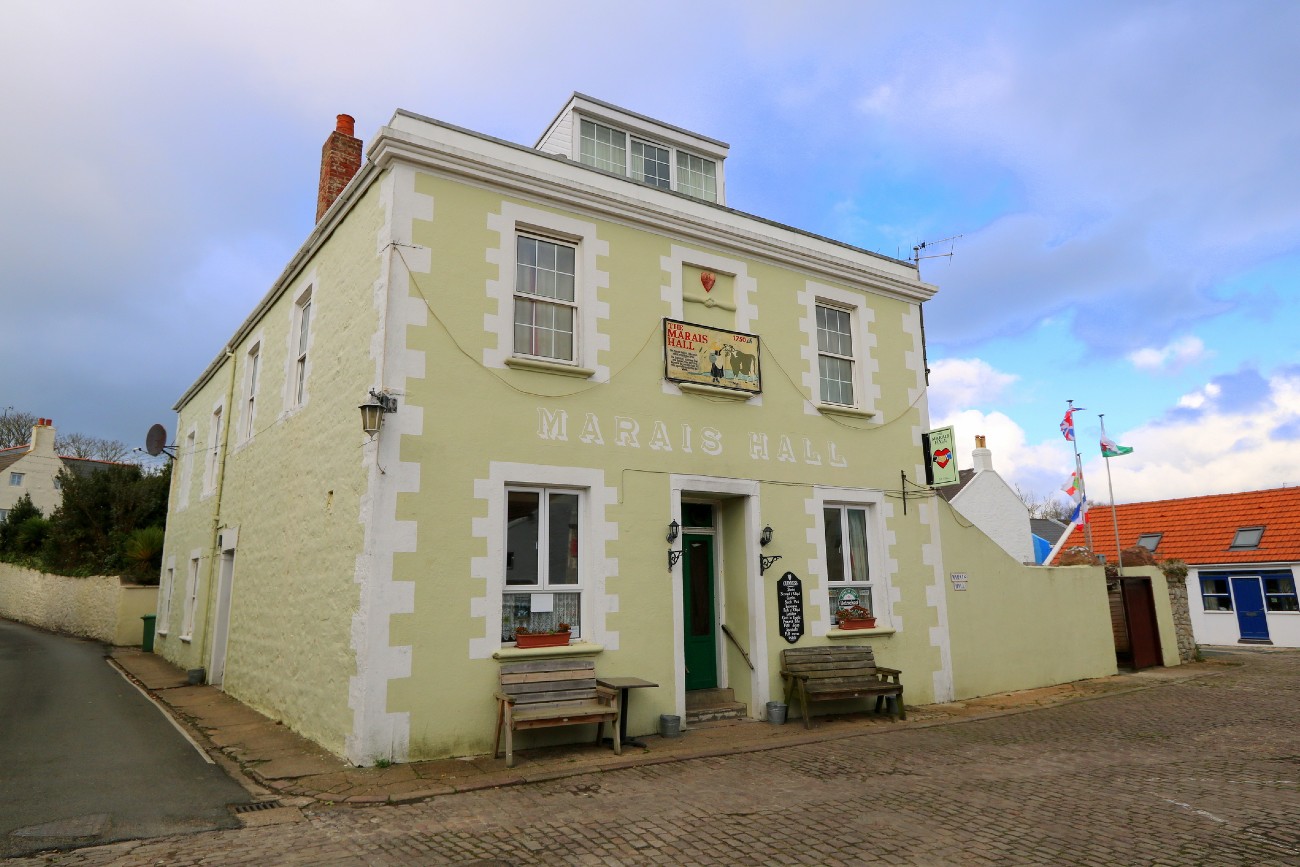
St Anne, Alderney
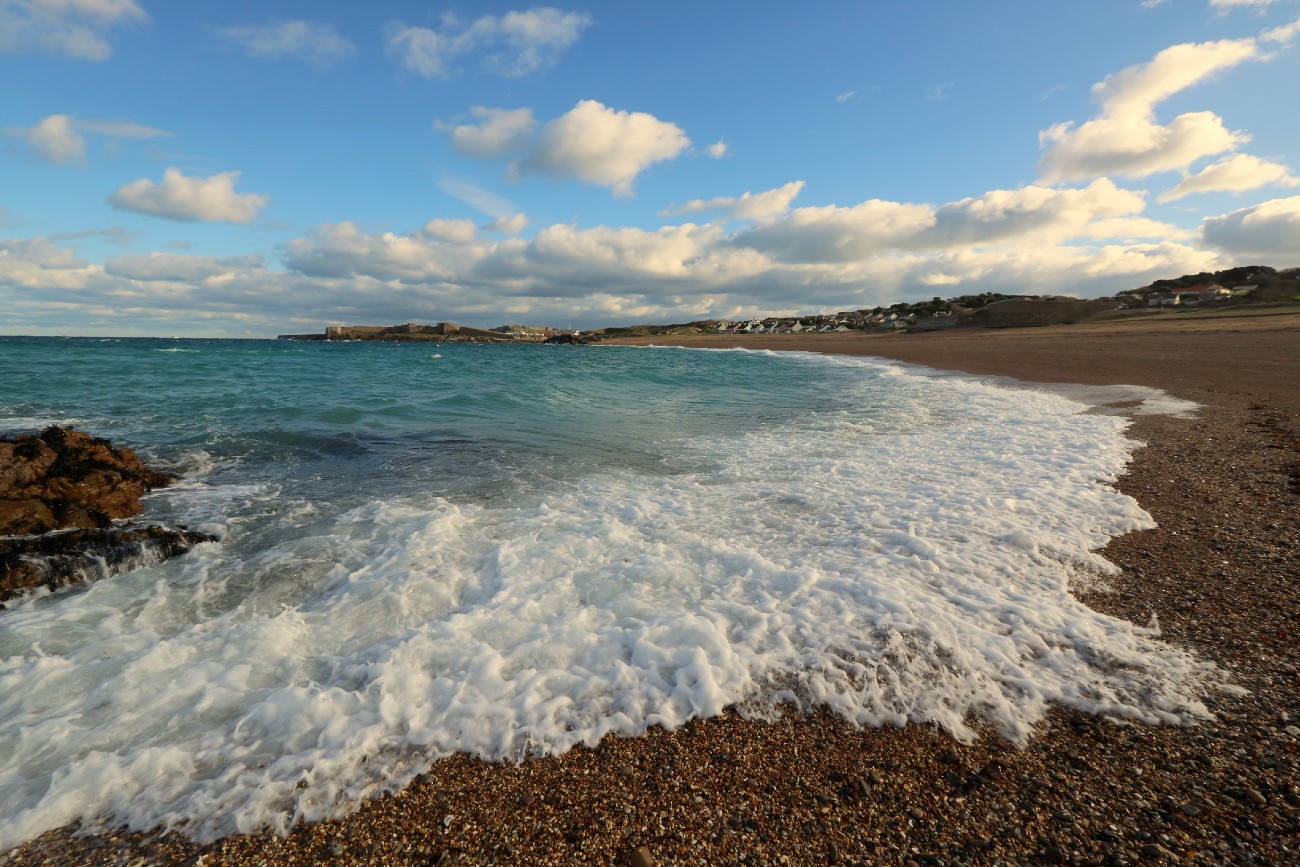
Alderney’s North Coast
Sark
Sark is the smallest of the four main British Channel Islands. Three miles long and one and a half miles wide, it has a population of 550 and no cars. In fact, a tractor-driven ambulance is the only motor vehicle on the island.
Sark is an island located in the Channel Islands group, in the Atlantic Ocean and belongs to the United Kingdom, being one of the smallest of the archipelago. The island of Sark consists of the Great Sark to the north and the Little Sark to the south, and both are connected by a narrow, high isthmus.
In 1900 protective handrails were put up to prevent people from being blown off the cliff by the wind.
Despite having a road built in World War II by German prisoners, the use of motorised vehicles is forbidden on the island, and these have been replaced by bicycles, horse-drawn carriages and tractors.
Sark was the last feudal state in Europe, perhaps the world. Until 2007, it was ruled by a lord, appointed by the British monarch, and its legislators were landowners who had inherited the right to rule. Then, in August 2006, the legislators voted to allow all residents of Sark to stand for election, and Europe’s youngest democracy was born. The transition to full democracy took place in 2008.
What not to miss in Sark
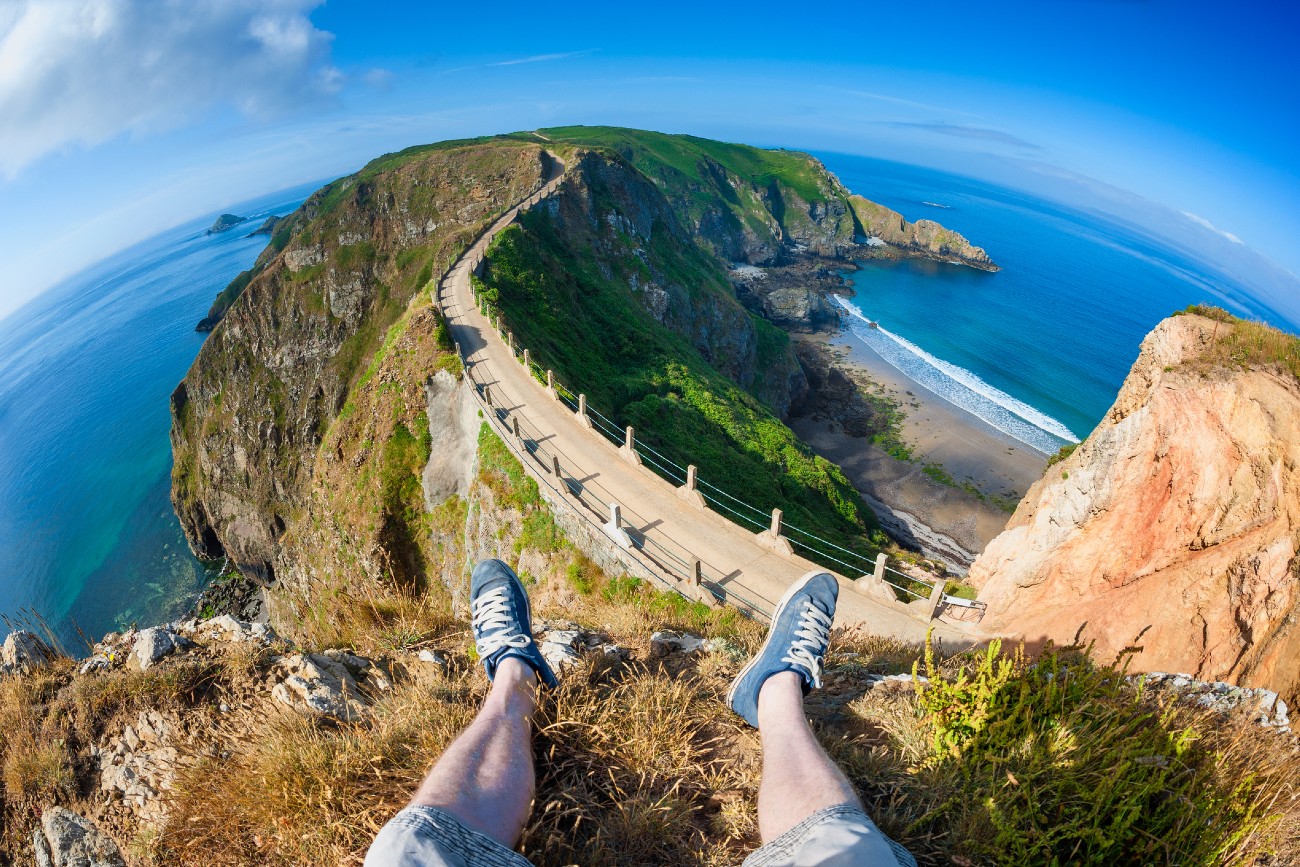
Isthmus on Sark, Channel Islands

Centre of Sark
Herm
One of these islands is Herm, which you can reach first by flying to Guernsey airport, where flights arrive from various cities in the UK, Holland, Germany and France, and from there take a boat to it. It is also possible to go by ferry from Portsmouth all year round, and from some places in France in the summer season.
This island is the smallest of the Channel Islands that are accessible to the public, being a little over two and a half kilometres long and about eight hundred metres wide. Vehicles such as cars and bicycles are not allowed on this island, although quad bikes and tractors are used to transport goods and luggage within it.
Although in Mesolithic times, this site was already known by humans for hunting, it was not until the Neolithic and Bronze Ages that they came to settle here. And from these times you still have the opportunity to see some tombs in the northern part, which was dedicated to funeral practices, as the experts from Oxford University have discovered; as well as some monoliths.
What not to miss in Herm
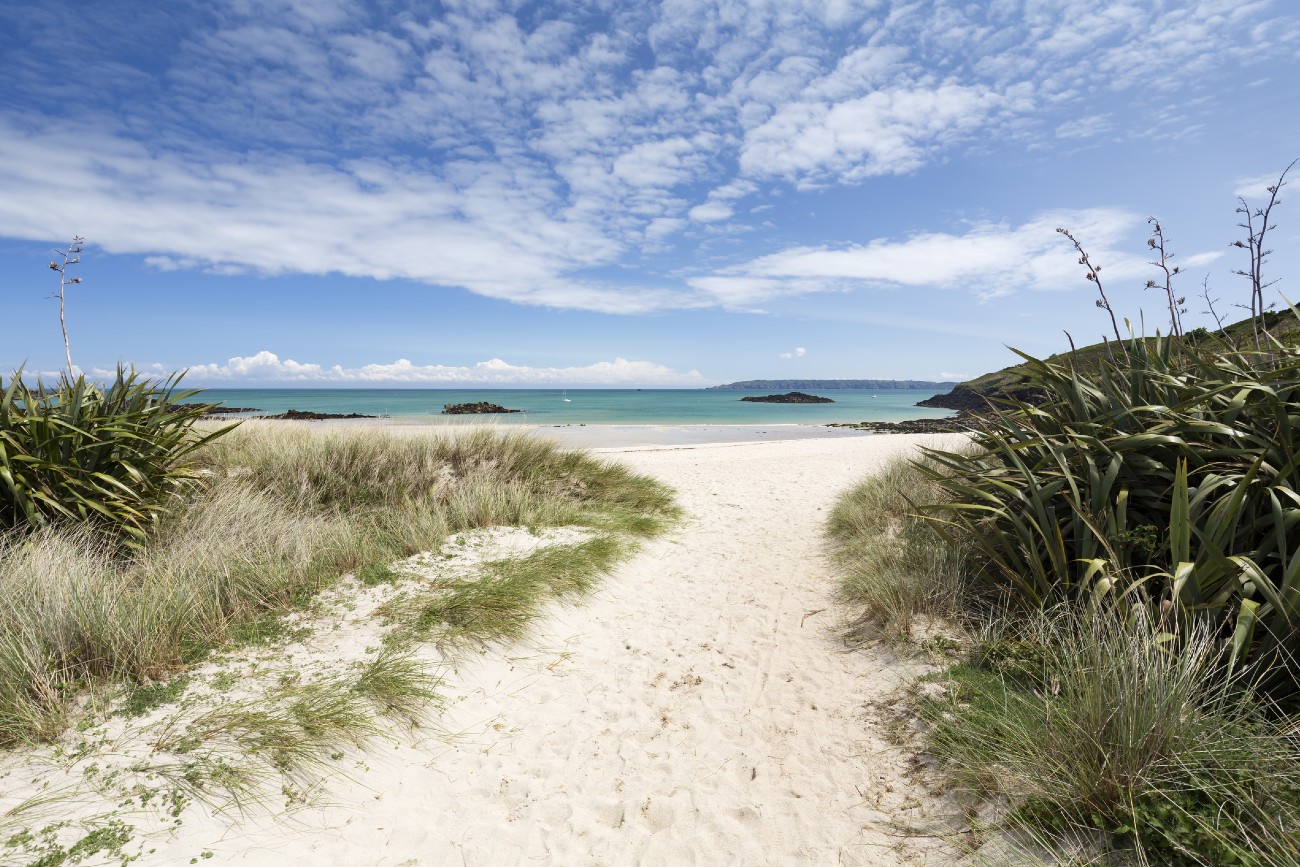
Beach on the island of Herm
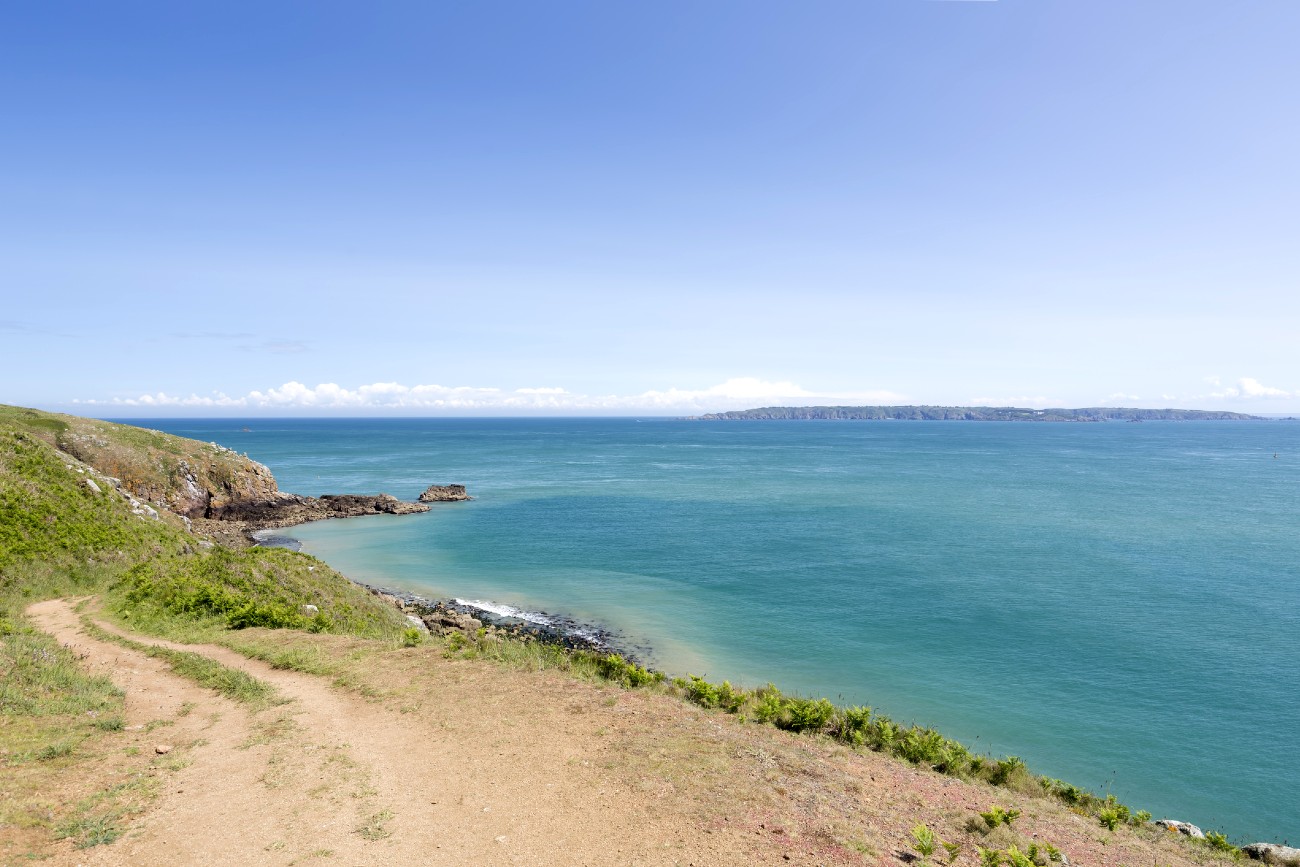
Beaches of Herm
5 tips for travelling to Channel Islands
Your dream vacation starts on the Channel Islands!
Related articles
November 1, 2020






